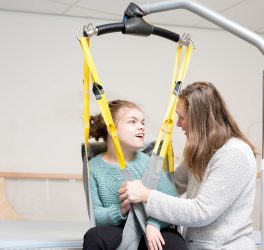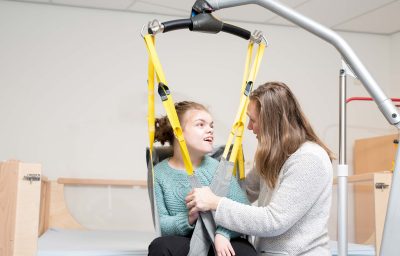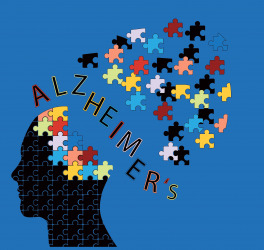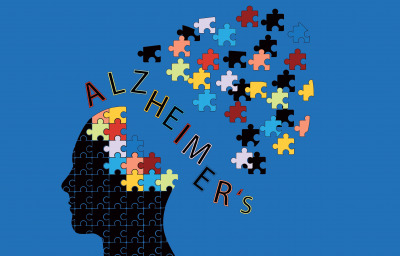
Scientists at the University of Sussex have identified a potential pattern within blood which signals the presence of motor neuron disease; a discovery which could significantly improve diagnosis.
Currently, it can take up to a year for a patient to be diagnosed with amyotrophic lateral sclerosis (ALS), more commonly known as motor neuron disease (MND).
But after comparing blood samples from patients with ALS, those with other motor-related neurological diseases, and healthy patients, researchers were able to identify specific biomarkers which act as a diagnostic signature for the disease.
Researchers hope that their findings, published in the journal Brain Communications, and funded by the Motor Neurone Disease Association (MNDA), could lead to the development of a blood test which will identify the unique biomarker, significantly simplifying and speeding up diagnosis.
With patients living, on average, just 2-5 years after diagnosis, this time could be crucial.
Professor Majid Hafezparast, a professor of Molecular Neuroscience at the University of Sussex, led the research in collaboration with Professors Nigel Leigh and Sarah Newbury from the Brighton and Sussex Medical School, Martin Turner from the University of Oxford, Andrea Malaspina from Queen Mary, University of London, and Albert Ludolph from the University of Ulm.
“We found a biomarker signature for motor neurone disease that is made up of a combination of seven ncRNAs. When these ncRNA are expressed in a particular pattern, we are able to classify whether our samples come from ALS patients or controls.” Majid Hafezparast, Professor of Molecular Neuroscience, University of Sussex
Dr Greig Joilin, the research fellow who undertook this work in Professor Hafezparast’s team said: “We hope that, with further work to validate these biomarkers, a blood test could be developed to help improve diagnosis of motor neuron disease.
“We are now looking to see whether they can predict prognosis to give patients and their families some insight as they begin to understand the disease. Our work could also help other scientists to measure the effectiveness of potential drug treatments against the ncRNA levels. Further, it provides new insight into the cellular and molecular events that contribute to the disease.”
ALS is a group of conditions which affects the nerves in the brain and spinal cord leading to weakness in the muscles and rapid deterioration.








